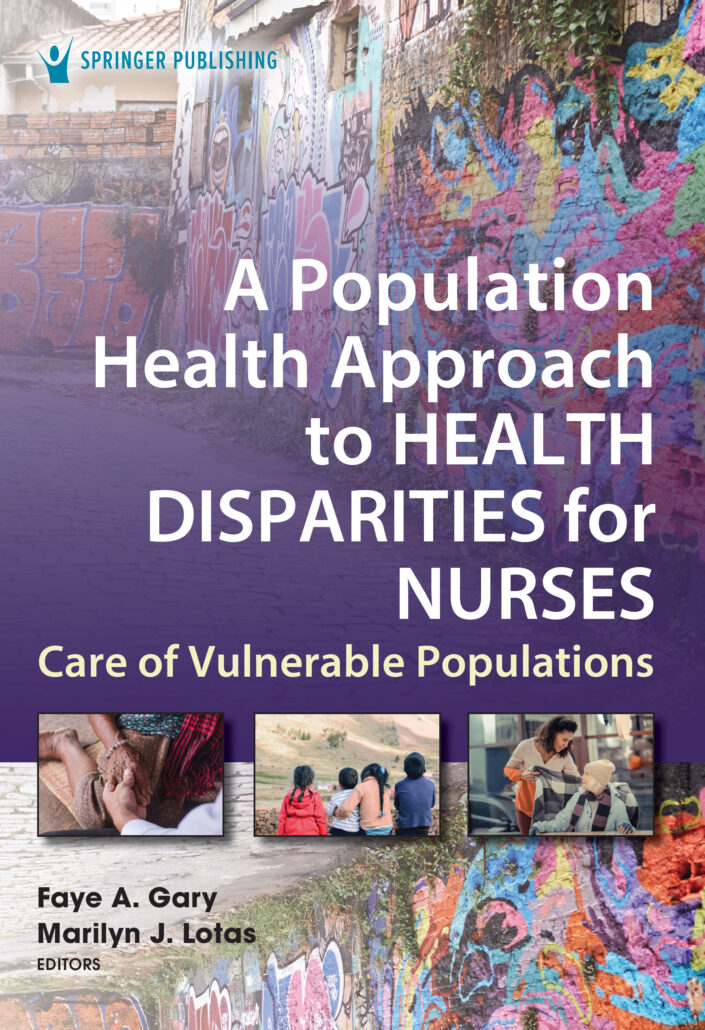Health Concerns and Disparities-Nursing Examples
This week’s reflective journal focused on the population’s health concerns and health disparities. I learned that population health concerns relate to the health outcomes of individuals within a specific group. The population may live under similar conditions, such as in cities, states, or countries. They may also include people from various same-age groups, ethnic communities, gender, or occupation. In my evidence-based project, my population entails hospitalized patients predisposed to high risks of HAIs (Health Concerns and Disparities-Nursing Examples).
The project will therefore seek to understand how care delivery models, hospital environments, and providers’ and patients’ behavioral factors affect the populations’ health to address problems identified and improve health outcomes. I also learned that healthcare disparities are avoidable differences in disease and opportunities to achieve optimal health by socially disadvantaged and minority populations. The disparities occur across age, language, geography and citizenship status. In addition, race, ethnicity, sexual identity/orientation, and socioeconomic status (Health Concerns and Disparities-Nursing Examples).
During this week, one of my major strengths was identifying the problem among my patient population. I discovered lack of evidence-based practice led to the rise of HAIs among hospitalized patients. Thus, implementing evidence-based care bundles as a gold standard to curb infections will curb HAIs and improve patient outcomes. I also promoted health equity by providing equal care opportunities for my patients regardless of race, gender, ethnicity, or sexual orientation (Health Concerns and Disparities-Nursing Examples).

This week, I encountered no significant challenges but required my preceptor’s supervision and guidance while dealing with different population health concerns and disparities. My preceptor taught me about health coverage, access to and use of care, affordability, and quality of care. Subsequently, I learned that healthcare leaders are mandated to improve care equity among all people. One of the significant roles of health leaders is to connect current practices to health policies to implement changes in the healthcare sector (Campos & Reich, 2019). Improved health policies will also promote healthcare coverage, care accessibility, and affordability for disadvantaged members (Health Concerns and Disparities-Nursing Examples).
Reference
Campos, P. A., & Reich, M. R. (2019). Political analysis for health policy implementation. Health Systems & Reform, 5(3), 224-235. https://www.tandfonline.com/doi/full/10.1080/23288604.2019.1625251
